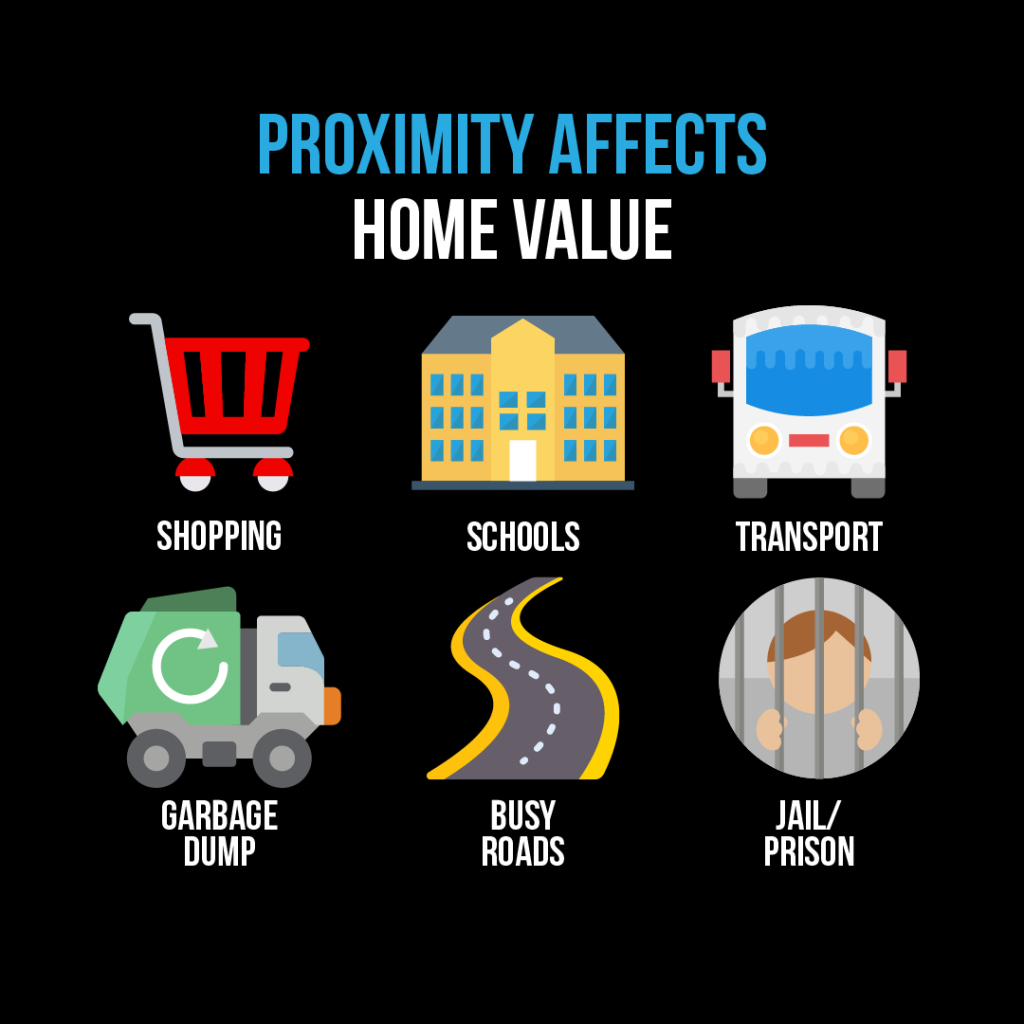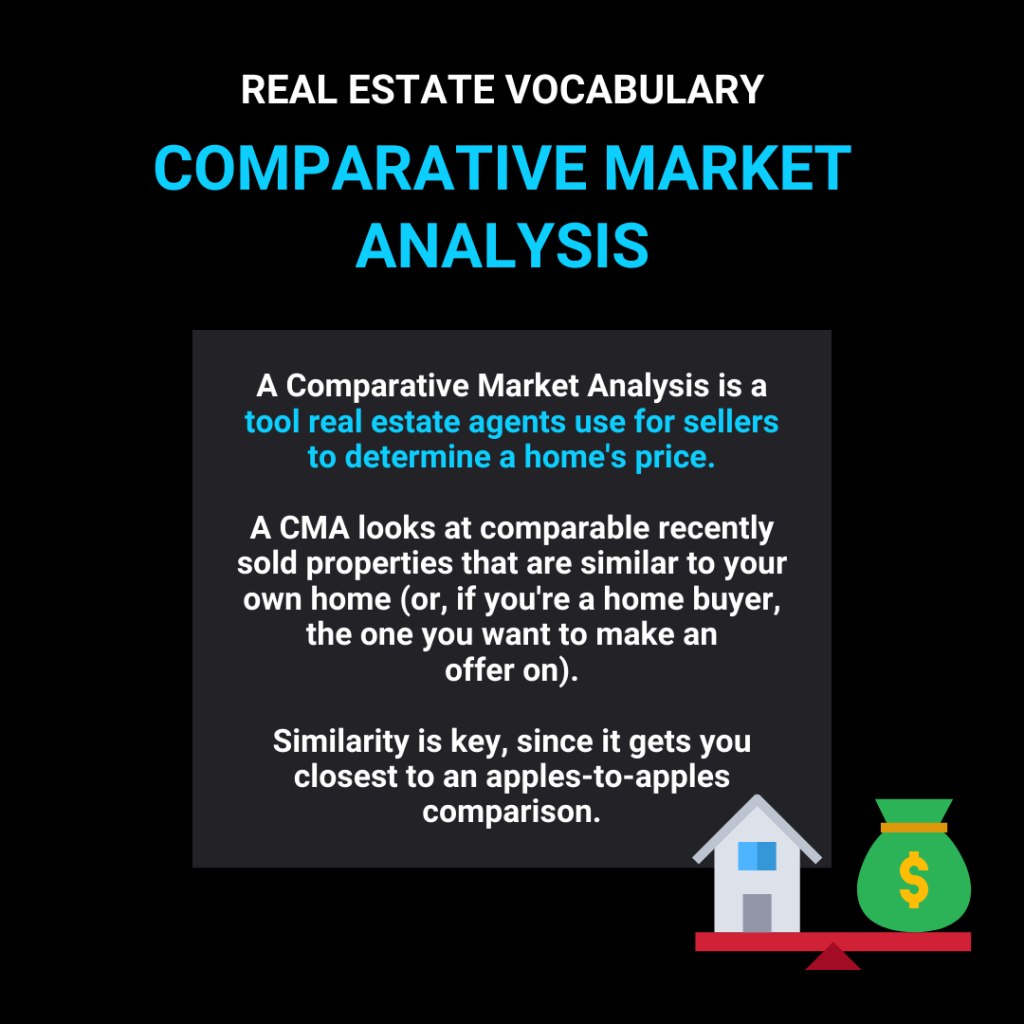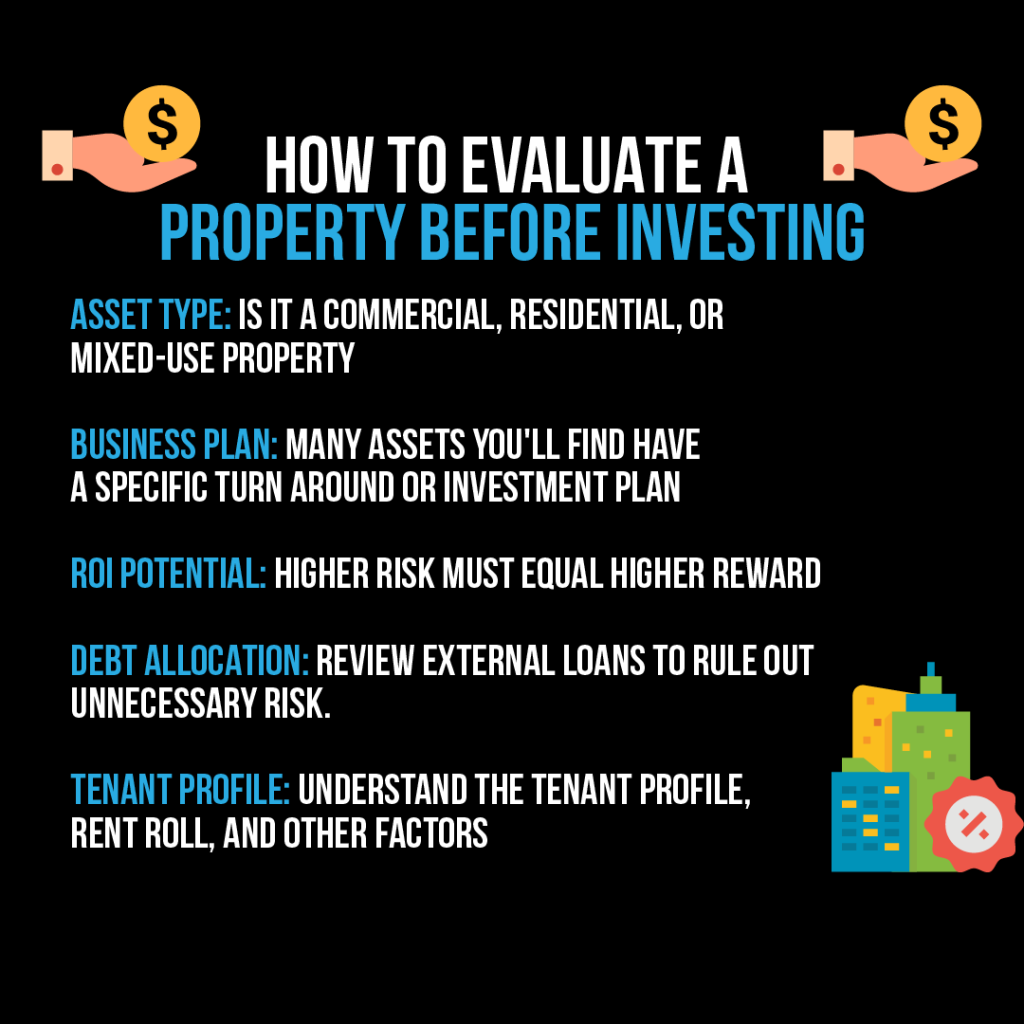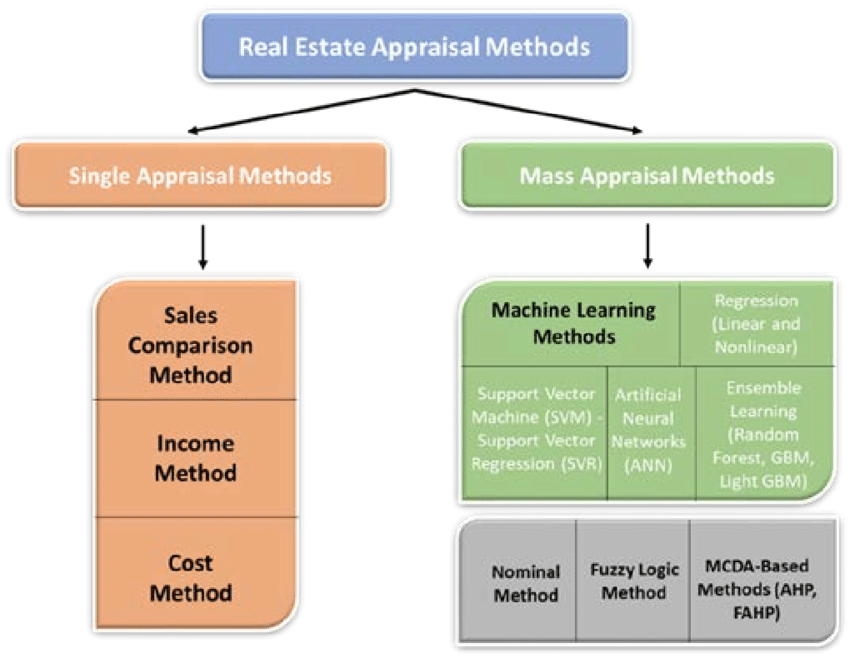Local: Understanding Property Values in Europe
Цілі навчання:
- Understand the factors that affect property values: You will learn how location, economic conditions, та local demand shape property prices in cities across Europe. This will help you identify promising areas and avoid overpaying.
- Evaluate comparable properties accurately: This section explains how to use comparative market analysis (CMA) to assess value by reviewing similar properties recently sold nearby. You’ll be able to make better pricing decisions by comparing properties based on size, condition, and market trends.
- Analyze investment properties effectively: You will learn to assess properties based on rental yields, приріст капіталу, та local regulations, giving you the tools to judge a property’s income potential and long-term value.
- Understand the appraisal process in Europe: This section explains how appraisals are conducted, including physical inspections and market comparisons. You’ll also discover when to use single vs. mass appraisal methods, and how they support both individual and large-scale property evaluations.
25.1 Understanding Property Values in Europe
Property valuation in Europe depends on several factors, including location, economic conditions, and market demand. Understanding how property values are determined is essential for making informed investment decisions in various European markets.

Factors Affecting Property Values in Europe:
- Location: Prime locations like London, Paris, та Berlin tend to have higher property values due to demand and limited supply.
- Economic Conditions: Countries like Spain і Portugal, which have seen economic recovery, have experienced rising property values, while markets like Italy may fluctuate depending on economic stability.
- Local Demand: Factors like tourism in cities such as Barcelona і Lisbon can significantly affect property values, particularly in areas popular for short-term rentals.
25.2 Evaluating Comparable Properties in Europe
When assessing property values, evaluating comparable properties (comps) is a common method used across Europe. Comps refer to similar properties recently sold in the same area, which helps investors estimate the market value of the property they are interested in.
Key Considerations for European Comps:
- Property Size and Condition: Compare properties of similar size, age, and condition. In historical cities like Rome або Athens, older buildings may require more maintenance, affecting their value.
- Location and Proximity: Proximity to city centers, amenities, and transportation hubs in cities like Paris або Amsterdam plays a critical role in determining property values.
- Тенденції ринку: Be aware of recent market trends, as property values in some European cities can fluctuate rapidly due to changing regulations, such as rent caps in Berlin.

25.3 Investment Property Analysis in Europe

Investment property analysis in Europe requires understanding factors that directly impact returns, such as rental income potential, expenses, and capital appreciation.
Investment Property Analysis Factors:
- Rental Yields: Countries like Germany або the U.K. offer lower rental yields but tend to provide steady, long-term growth, whereas Portugal і Spain offer higher yields but may come with more risk.
- Capital Appreciation: Markets like Paris і London have historically seen strong appreciation in property values, making them attractive for long-term investors.
- Local Regulations: Be mindful of rental laws and property regulations, especially in countries with strict tenant protection laws, like Germany або France, which may affect rental income.
25.4 Appraisals in Europe
Appraisals are formal valuations conducted by certified professionals to determine the market value of a property. In Europe, appraisals are often required by lenders before approving mortgages.
Appraisal Process in Europe:
- Physical Inspection: In cities like Berlin або Milan, the appraiser will inspect the property, assessing its condition, location, and marketability.
- Market Comparison: The appraiser will analyze similar properties sold in the area to estimate the value.
- Final Report: The appraisal report provides the property’s estimated market value and is used by banks and investors to assess investment viability.
Figure: Real Estate Appraisal Methods
опис:
This chart outlines two primary categories of real estate appraisal methods: Single Appraisal Methods і Mass Appraisal Methods. Single Appraisal Methods include the Sales Comparison Method, Income Method, та Cost Method, which focus on evaluating individual properties based on market data, income potential, or cost of replacement. Mass Appraisal Methods, on the other hand, utilize advanced techniques like Machine Learning Methods (e.g., Support Vector Machine, Artificial Neural Networks, and Ensemble Learning such as Random Forest), Regression Models, and various decision-making tools like Nominal Methods, Fuzzy Logic, та MCDA-Based Methods (e.g., AHP and FAHP). These mass methods are applied when evaluating multiple properties simultaneously, often leveraging data analytics and computational models.
Ключові висновки:
- Single Appraisal Methods focus on individual property valuation using direct comparisons, income generation, or replacement costs.
- Mass Appraisal Methods employ advanced computational techniques to assess multiple properties efficiently.
- Machine Learning Models (like SVM, ANN) are increasingly used to enhance accuracy and efficiency in mass appraisals.
- Decision-making tools like MCDA Methods і Fuzzy Logic help address complex valuation scenarios with multiple factors.
Застосування інформації:
Understanding these appraisal methods allows investors and professionals to choose appropriate techniques based on the scale and nature of the evaluation. For individual properties, traditional approaches like the Sales Comparison Method may suffice. However, in large-scale property markets or datasets, leveraging machine learning і mass appraisal methods can significantly enhance accuracy і efficiency. This knowledge is crucial for market analysis, property valuation, and strategic decision-making.
Ключова інформація про урок:
- Location, economic stability, and local demand are the most important factors affecting property values in Europe. Properties near schools, shopping centers, and transport hubs are generally more valuable, while those near undesirable areas may be priced lower.
- Comparative Market Analysis (CMA) helps estimate property value by reviewing recently sold, similar properties in the same area. Investors should look at property size, condition, and proximity to amenities when making comparisons, especially in older or historic cities.
- Investment property analysis involves reviewing rental yields, potential appreciation, та local regulations. High-yield markets like Portugal or Spain may offer more risk, while long-term growth cities like London or Paris tend to be more stable but less profitable in the short term.
- Appraisals are formal valuations used by banks and investors to determine property worth. The process includes a physical inspection, market comparison, and a final written report that supports mortgage decisions and investment evaluations.
- Single appraisal methods (e.g., Sales Comparison, Income, Cost) are used to evaluate individual properties, while mass appraisal methods use machine learning, regression models, та decision tools for large-scale valuations. Choosing the right method improves accuracy and decision-making, especially when dealing with multiple properties or complex markets.
Заключне слово:
Understanding how property values are determined and analyzed is essential for making smart investment decisions. Whether you’re comparing properties, projecting returns, or reviewing an appraisal, these insights can help you act with confidence in any European market.


